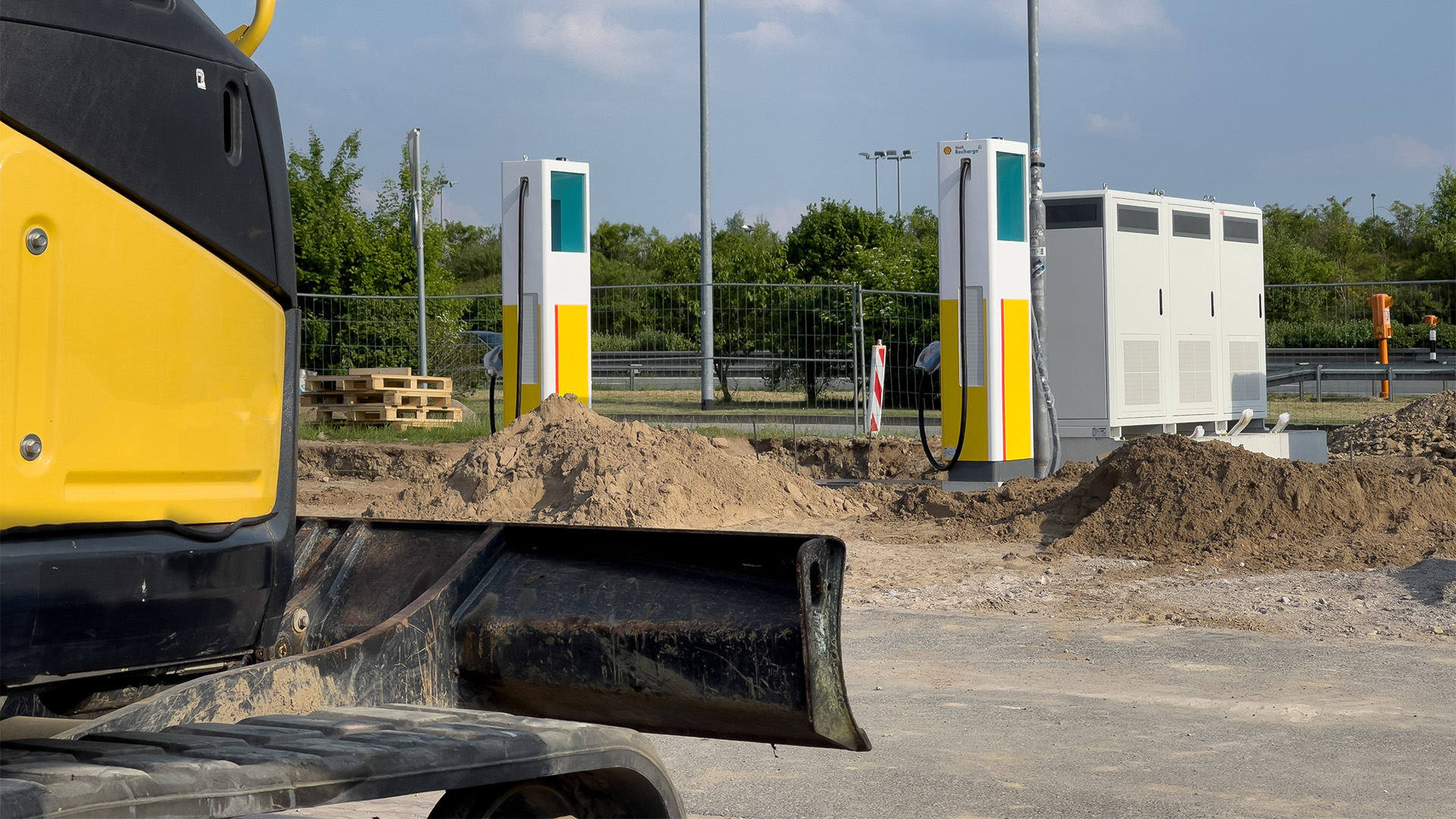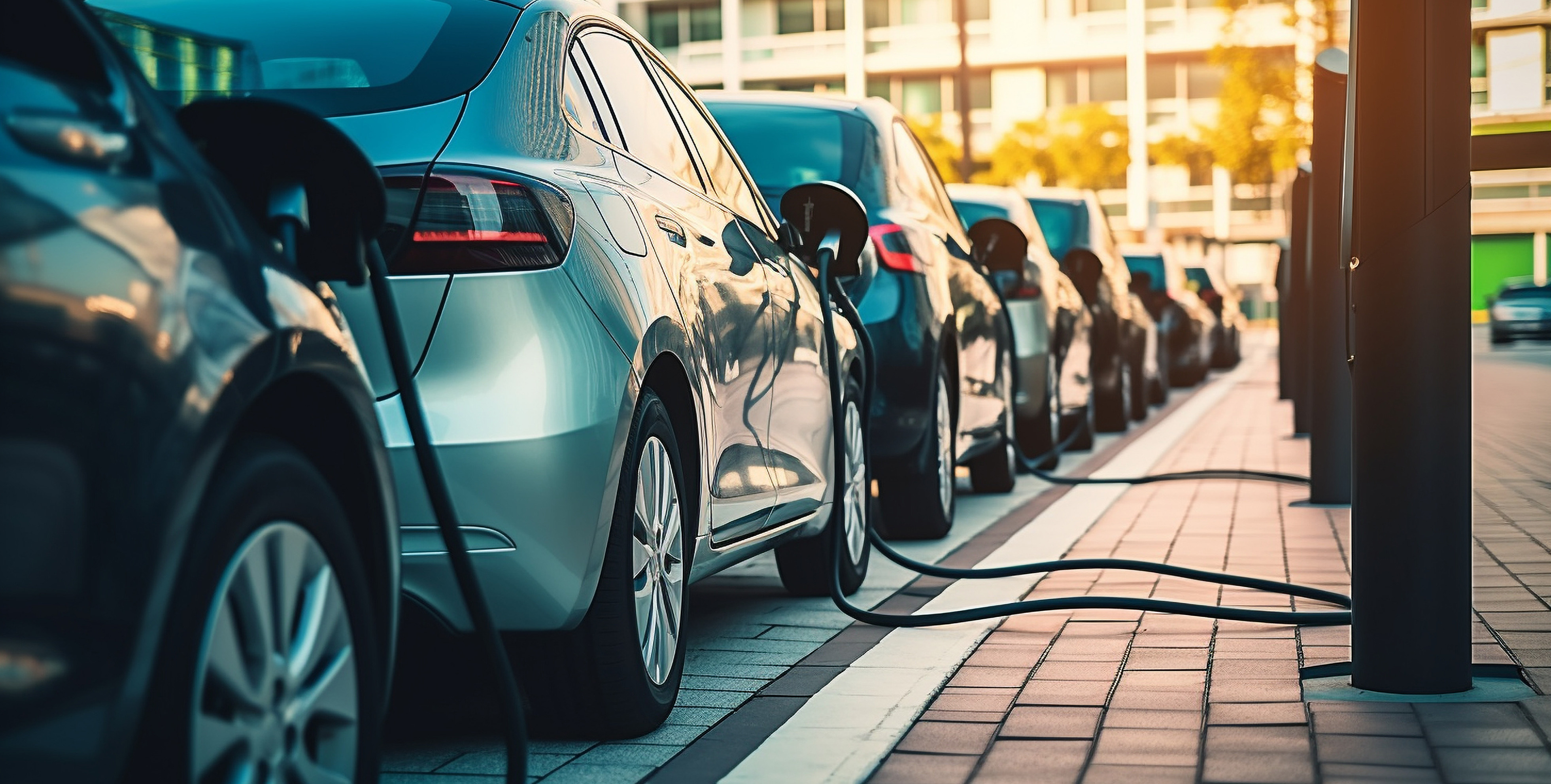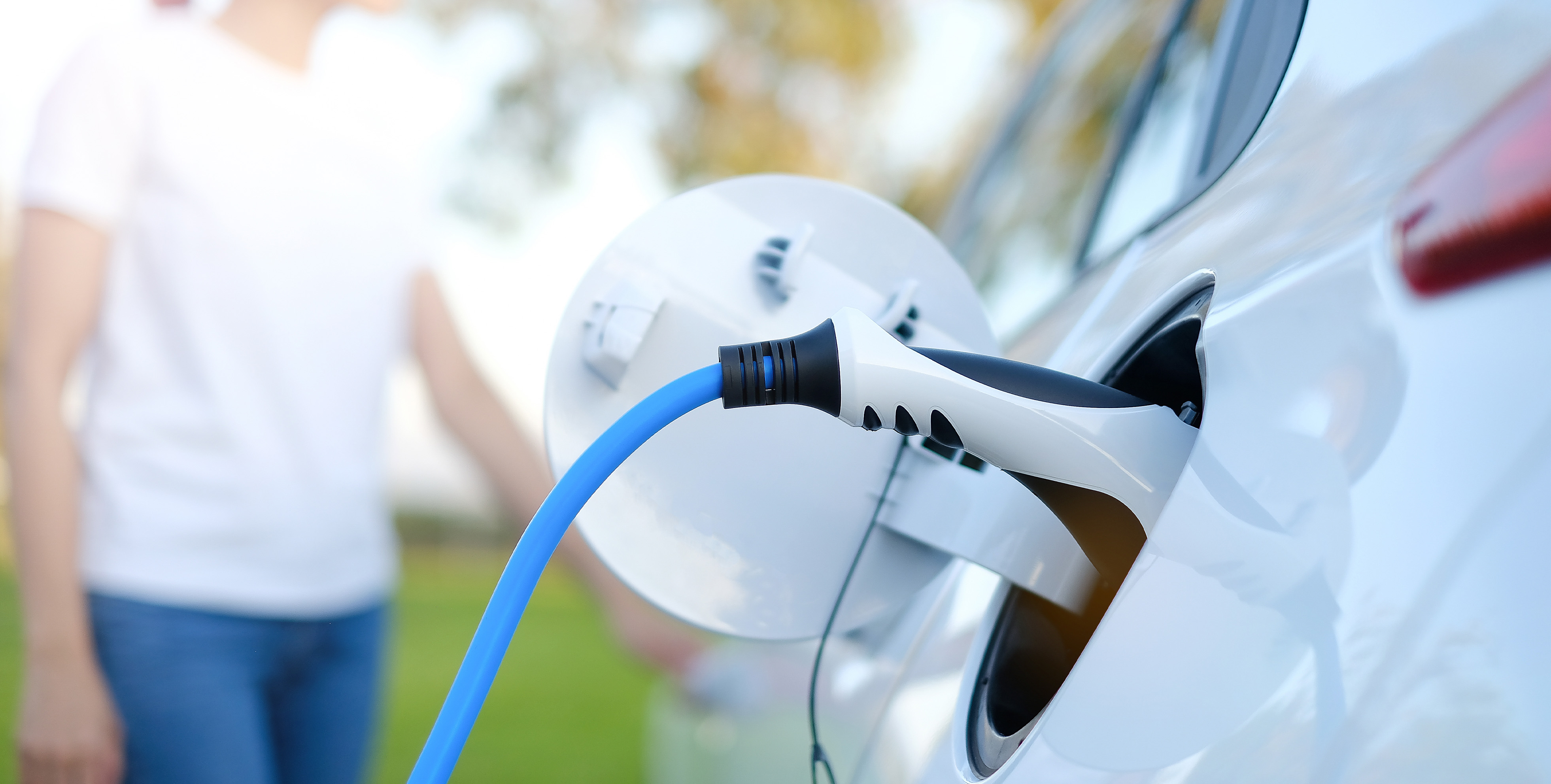Big-picture goals are an important first step for any national retailer seeking to be part of the solution on decarbonization. Often, that’s something like, “We’re committed to achieving carbon-neutral operations by 2045.” The harder part is figuring out exactly what to do next.
Here, retailers could benefit by taking some inspiration from a slogan that has been circulating in the environmental movement since at least the 1970s: “Think globally, act locally.”
Local rules, priorities, incentives and grid capacities tend to shape the cost-benefit profile of many important decarbonization technologies, including heat pumps, solar-plus-battery storage systems, and electric vehicle (EV) charging infrastructure.
Here are some locally focused best practices for offering EV charging, in particular, at sites and stores.
Factor in the cost of government mandates
Local and state regulations increasingly require the installation of EV charging infrastructure in the parking lots of commercial and residential buildings. Retailers need to understand how their portfolios will be affected by these fast-emerging building codes, laws and ordinances. In cases where the retailer owns its real estate, compliance will be its responsibility. If renewing a lease, the retailer could be asked by the landlord to shell out for some portion of the newly required infrastructure.
For years now, some cities have been requiring commercial properties to make sure a certain percentage of spaces in new or redeveloped parking lots are ready for quick conversion to EV charging. Atlanta, for example, did so back in 2017. These measures require things like surface-mounted or buried conduit, higher electrical panel capacity, and dedicated branch circuits with spares.

But officials are getting more ambitious with EV charging mandates, especially in more politically progressive states and municipalities. Here, in addition to specs such as those described above, retailers might need to install 240-volt plugs at a higher percentage of spaces, as well as branch circuit cabling and overcurrent protection for safety. In these greener states and districts, they will also be required to offer more parking spaces that have EV-charging equipment fully installed, often labeled EV installed or EV Supply Equipment (EVSE).
Under the California Green Building Standards Code (CALGreen), 30 percent of parking spaces in so-called Tier 1 municipalities must be EV-capable, with a third of those spaces being fully EVSE installed. More stringent regs in Tier 2 municipalities require 45 percent of all parking spaces be EV capable, with EVSE installed once again making up at least a third of the total.
Retailers need to stay tuned to what’s happening at their local statehouses and city councils, as these regulations are changing quickly.
Pay close attention to utility rate structures
As chains crunch the numbers on their EV charging rollouts, they should also look carefully at the utility rate structures in their top-priority markets.
Many utilities are encouraging at-home, off-peak charging by lowering their rates at night, which could discourage customers from paying for fast-charging at stores in these localities. Does the utility that determines electricity-consumption rates promote or penalize EV charging during the operating business hours of a store in question?
Under the current federal formula, direct-current, public fast chargers boast capacities of 150 to 350 kilowatts. That is a lot of electricity. If a utility imposes painful, demand-based charges for high consumption during peak hours, those costs will stack up quickly. This could force retailers to pass them to consumers—an important drawback to consider.

Understand how grid capacities could affect your plans
Utilities across the country are scrambling to determine how electrification could strain their grids. In some cases, retailers might find that local grid capacities limit the amount of charging they can install at particular stores. Engineers and energy consultants can dialog with utilities and file the appropriate service applications to help determine those constraints. By bringing technical knowledge to the table, engineers also can help retailers choose their EV-charging equipment manufacturers and develop site plans.
That could include discussing strategies for working within existing limitations–for example, employing fast-chargers that switch into power-sharing mode when charging levels get high across multiple ports, or installing two chargers for now but roughing in conduit for 10 additional chargers later (thus avoiding the high costs associated with tearing out the pavement).
Consider running locally focused pilot programs
Another option is to establish locally focused, multidisciplinary subcommittees to help shape decisions around rollouts of EV charging and other decarbonization technologies. Contributors could include members of the retailer’s real estate, leasing, communications and operations teams, along with specialized attorneys, engineers, energy modelers, and other third-party consultants.
In tandem, the company could partner with an engineering firm to run small, locally focused pilot programs centered on EV fast-charging at just a few stores. It’s a way to gauge the interplay of costs, regulations and incentives and determine how EV charging affects sales and traffic at specific locations.
When it comes to EV charging and decarbonization generally, there’s no need to experience “paralysis by analysis.” By making low-risk, locally focused moves today, retailers can gain insights that allow them to make bigger investments down the line.
####
Scott West (P.E., PMP, LEED AP BD+C, ASHRAE BCXP, BEAP & BEMP) is a senior mechanical engineer and commissioning and energy lead at HFA in Fort Worth, Texas. He has partnered with multiple retailers on electric vehicle charging projects; scott.west@hfa-ae.com







.jpg)
.jpg)



